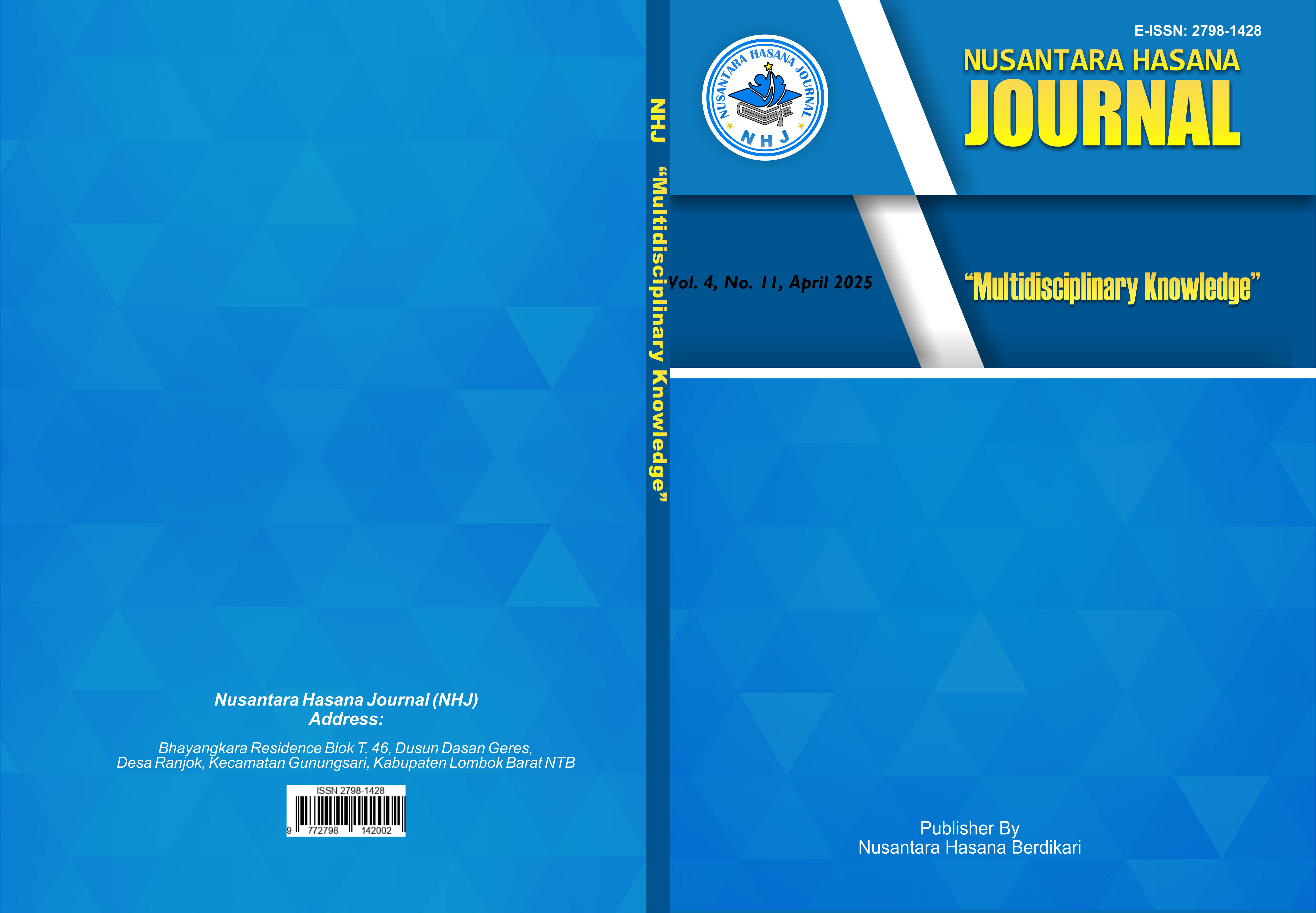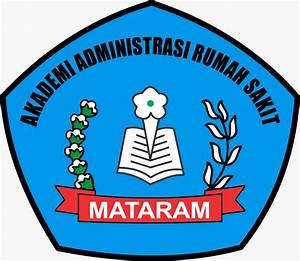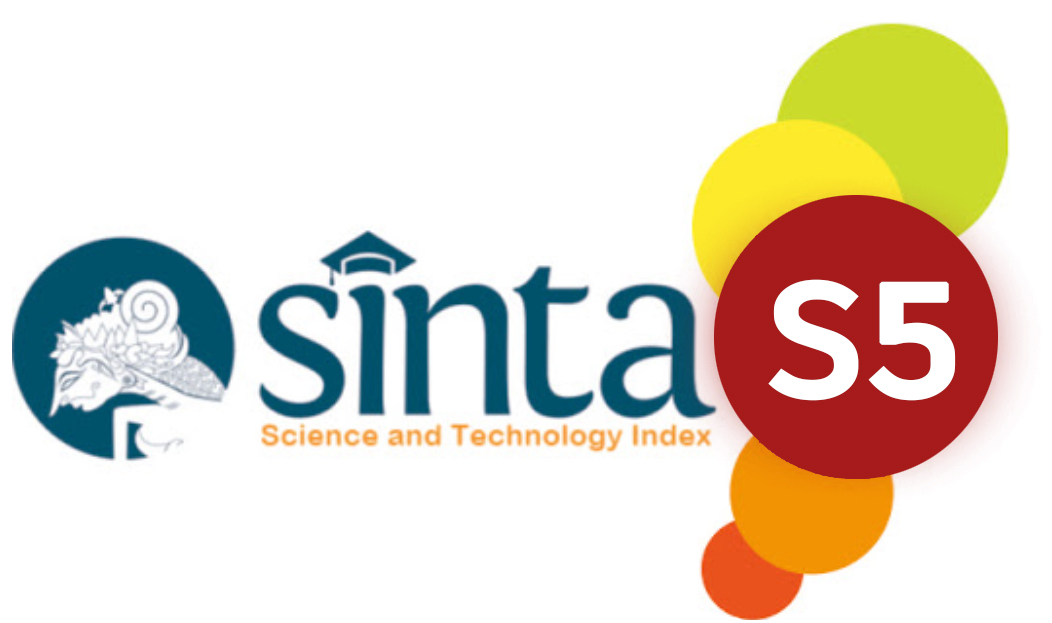ANALISIS PERTUMBUHAN TUNAS LIDAH BUAYA (Aloe Vera) YANG BERASAL DARI BERBAGAI PENANGKAR PADA LAHAN BERPASIR
DOI:
https://doi.org/10.59003/nhj.v4i11.1400Keywords:
Aloe vera, shoot growth, sandy soil, chinensis varietyAbstract
Aloe vera is a tropical plant with high economic value in health, cosmetics, and agricultural industries. This study aims to analyze the shoot growth of Aloe vera var. chinensis on sandy soil and determine the best seedling source based on plant growth performance. The research was conducted in Tegalretno Village, Petanahan District, Kebumen Regency, from August to November 2024, using a Completely Randomized Block Design (CRBD) with a non-factorial approach. Five seedling sources (Gunung Kidul, Bantul, Purbalingga, Cilacap, and Kebumen) were tested with five replications. Data were analyzed using DMRT at a 5% significance level. The results showed that treatment A3 (Purbalingga seed source) exhibited the best shoot growth parameters, including the highest number of shoots (3.3125 shoots), the highest number of leaflets per shoot (6.771833 leaflets), and the tallest leaflet height (22.3708 cm). In terms of overall plant growth, A3 also performed well in plant height (45.975 cm) and leaf circumference (13.675 cm). Meanwhile, treatment A1 (Gunung Kidul) excelled in leaf length (43.15 cm). The lowest growth performance was observed in A2 (Bantul). Genetic factors and environmental adaptation played crucial roles in shoot development. Based on these findings, the Purbalingga seed source (A3) is recommended for cultivating Aloe vera in sandy soil conditions.
Downloads
References
Anggela, N., Mukarlina, & Linda, R. (2017). Pertumbuhan tunas lidah buaya ( Aloe barbadensis Mill .) dengan penambahan Naftalene Acetic Acid ( NAA ) dan Benzyl Amino Purine ( BAP ) secara in vitro. Jurnal Protobiont, 6(3), 136–141.
Aprilia, R. L., Purwanto, E., Suryanti, V., & Rahayu, M. (2025). Impact of salinity stress on the response of aloe vera from different breeders on coastal sand land. BIO Web of Conferences, 155. https://doi.org/10.1051/bioconf/202515501023
Aprilia, R. L., & Sukur, S. (2022). Kajian Sifat Fisik, Kimia, Dan Biologi Pada Tanah Berpasir Di Beberapa Wilayah Indonesia. Agronu: Jurnal Agroteknologi, 1(02), 71–79. https://doi.org/10.53863/agronu.v1i02.475
Humaida, S., Erawati, D. N., Fatimah, T., & Hadi, S. (2022). Analisis Usaha Budidaya Bibit Tanaman Mint dan Lidah Buaya Pada Lahan Pekarangan di Kecamatan Sumbersari Jember Analysis of The Cultivation Of Mint and Aloe Vera Plant Seeds on Yard Land in Sumbersari yang mempunyai kecenderungan kestabilan Target dan Luaran Target dan luaran kegiatan PKM ini. 7(2), 316–321.
Marhaeni, L. S. (2020). Potensi lidah buaya (Aloe vera Linn) sebagai obat dan sumber pangan. AGRISIA: Jurnal Ilmu-Ilmu Pertanian, 13(1), 32–39.
Noordia, A., & Nurita, T. (2018). Pelatihan Lidah Buaya Masyarakat Tebo Selatan Kelurahan Mulyorejo. Jurnal ABDI, 3(2), 84. https://doi.org/10.26740/ja.v3n2.p84-87
Norma Azizah, A., Sholihah, A., Hanuun, C. J., Naimah, K., Putri Ryni, A., & Novia Ardani, S. (2022). CAM: Crassulacen Acid Metabolism. Indonesian Chemistry and Application Journal, 5(2), 56–62.
Novendra Cahyo Nugroho, A. C. (2019). Inovasi Spesifik Lokasi Dalam PengembanganLahan Pasir Pantai Sebagai Lahan Pertanian. Balai Besar Pengkajian dan Pengembangan Teknologi Pertanian, 17(1), 1–5.
Saragih, D. M. C., Rahmadan, G. S., Parhusip, K. R., Nasution, P. N., & Tampubolon, Y. M. A. (2023). Keanekaragaman Tanaman di Lingkungan SekitarBerdasarkan Morfologi dan Reproduksi. Universitas negeri medan, 1–18.
Sari, S. P., & Raharjo, S. J. (2019). Profil Senyawa Metabolit Sekunder pada Lidah Buaya (Aloe vera) dengan metode Kromatografi Lapis Tipis. Akademi Farmasi Putra Indonesia Malang., 7–26.
Syaputra, R. (2010). Aloe vera L.) Di Lahan Pasir The. Pengaruh Penggunaan Pasta Labu Kuning (Cucurbita Moschata) Untuk Substitusi Tepung Terigu Dengan Penambahan Tepung Angkak Dalam Pembuatan Mie Kering, 8(1), 165–175. https://core.ac.uk/download/pdf/196255896.pdf
Utami, A., & Aprilia, L. (2025). Respon Produksi dan Fisiologi Lidah Buaya ( Aloe Vera L .) Varietas Chinensis pada Cekaman Salinitas Lahan Berpasir Production and Phisiological Response of Aloe Vera ( Aloe Vera L .) Chinensis Variety on Salinity Stres of Sandy Land. 13(1), 48–54.
Yurisinthae, E., Dolorosa, E., & Muani, A. (2012). Analisis Faktor-Faktor Yang Mempengaruhi Produksi UsahataniLidah Buaya Di Sentra Produksi Kota Pontianak Provinsi KalimantanBarat. Jurnal Iprekas-Ilmu Pengetahuan dan Rekayasa, 18–26.
Downloads
Published
How to Cite
Issue
Section
License
Copyright (c) 2025 Ari Jumanto

This work is licensed under a Creative Commons Attribution-NonCommercial-ShareAlike 4.0 International License.
NHJ is licensed under a Creative Commons Attribution-NonCommercial-ShareAlike 4.0 International License.
Articles in this journal are Open Access articles published under the Creative Commons CC BY-NC-SA License This license permits use, distribution and reproduction in any medium for non-commercial purposes only, provided the original work and source is properly cited.
Any derivative of the original must be distributed under the same license as the original.
























